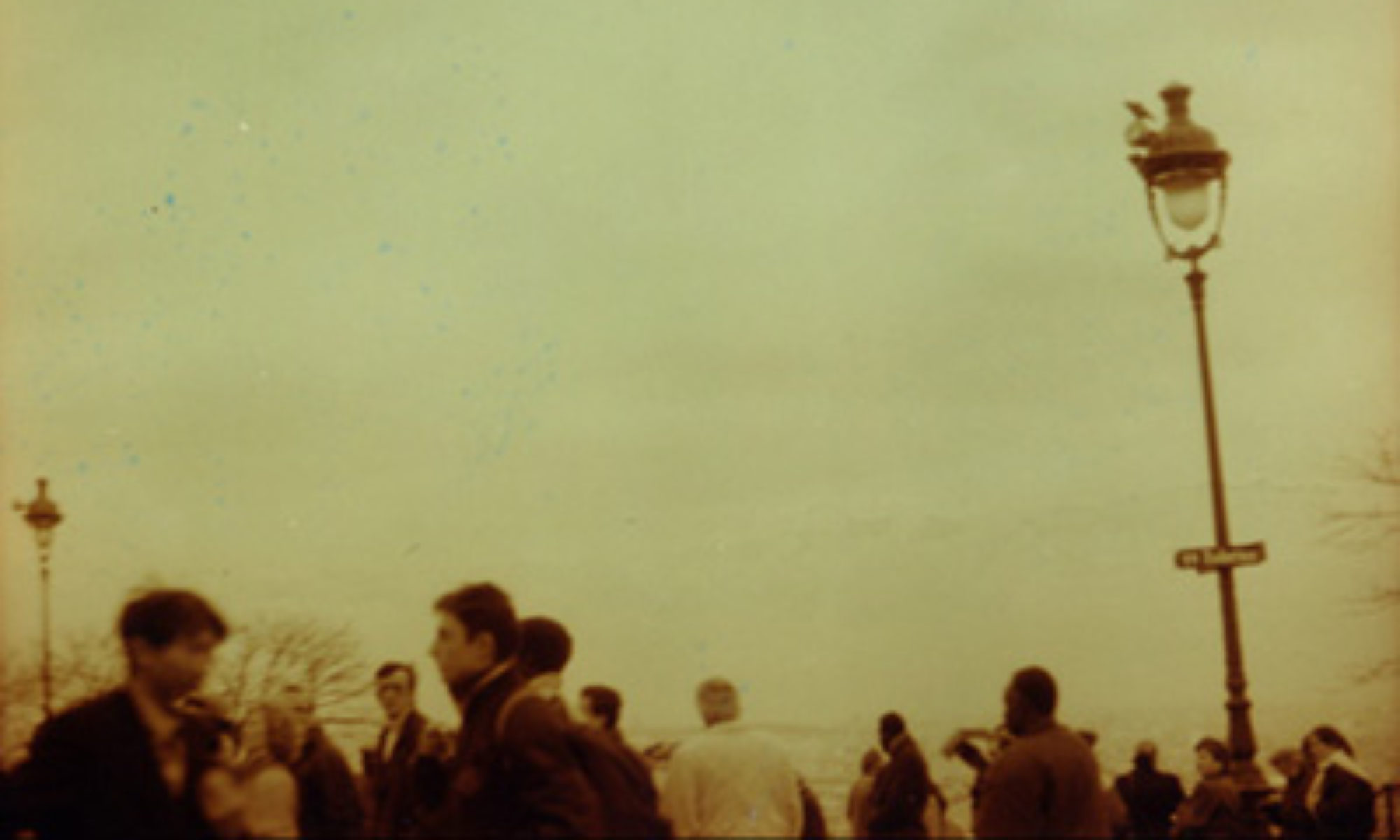
A truly wonderful way to experience the Loire Valley is to stay in one of the magnificent Chateaux. Fortunately, a number of these take overnight guests, and one of the best is the Chateau de La Verrerie. Located on the easternmost edge of the Loire near the small village of Aubigny-sur-Nere, it’s a gem. You drive deeper into the countryside until you reach a private road with a gatehouse. And there, at the end of a long road, sitting in splendid isolation at the edge of large lake, stands this ancient chateau.
The chateau is quite magnificent and the bedrooms rather grand. The rooms are large and elegant, but also quirky—seeming very much like bedrooms in a grand manor house rather than hotel rooms. Most of the second floor is given over to large high-ceilinged guestrooms with expansive views, while the main floor contains the historic rooms and art treasures. The owners live in a wing connecting the main house with the chapel. The chateau is mainly of a renaissance style, with some bits of leftover gothic—a grand gothic private chapel and fortified front wall with gate. There’s a large lake to one side, and the fortified wall on the lakeside collapsed some time ago and was not rebuilt—affording the courtyard a charming view. Your hosts are the Comte and Comtesse de Vogüé. You may see the count out strolling with his black Lab behind the family wing of the house. He might even host a pre-dinner cocktail.

While at the Chateau you can stroll the grounds, or borrow a bicycle, or even take a rowboat out on the lake. You can drive to Sancerre and sample the famous wines and spectacular views from this hilltop town. There are also charming villages quite nearby, or you can enjoy a game of Cluedo in the one of the comfortable lounges filled with books and board games (TV reception is non-existent and although wifi has been installed, it’s no match for the chateau’s thick stone walls.)

Dinner is at La Maison d’ Hélene, the little restaurant in a cottage on the chateau grounds. They serve quite good, seasonal, regional fare, and dinner gives one an opportunity for a look at the other guests of the chateau, where those with a flair for the imaginative may get the feeling of having been cast as minor characters in a gothic murder mystery!

Nighttime brings total darkness and silence to the Chateau. It is remote enough that there are no lights on the horizon and the stars are incredible–the brightest stars are dazzling and you can even see the bands of the milky way.
Morning brings croissants and homemade jam amid the antiques of the breakfast room while the resident black lab begs for scraps. You can also opt to take the guided tour of the Chateau’s main rooms and treasures.
We’ve stayed at the Chateau de La Verrerie several times over the past decade, and never failed to be enchanted each time.











